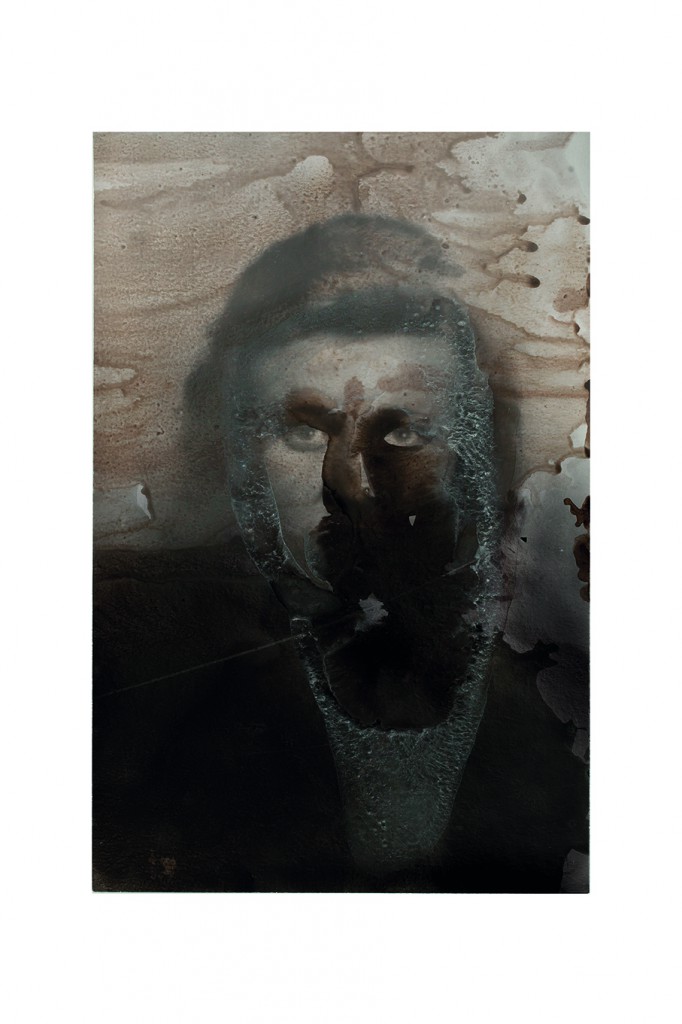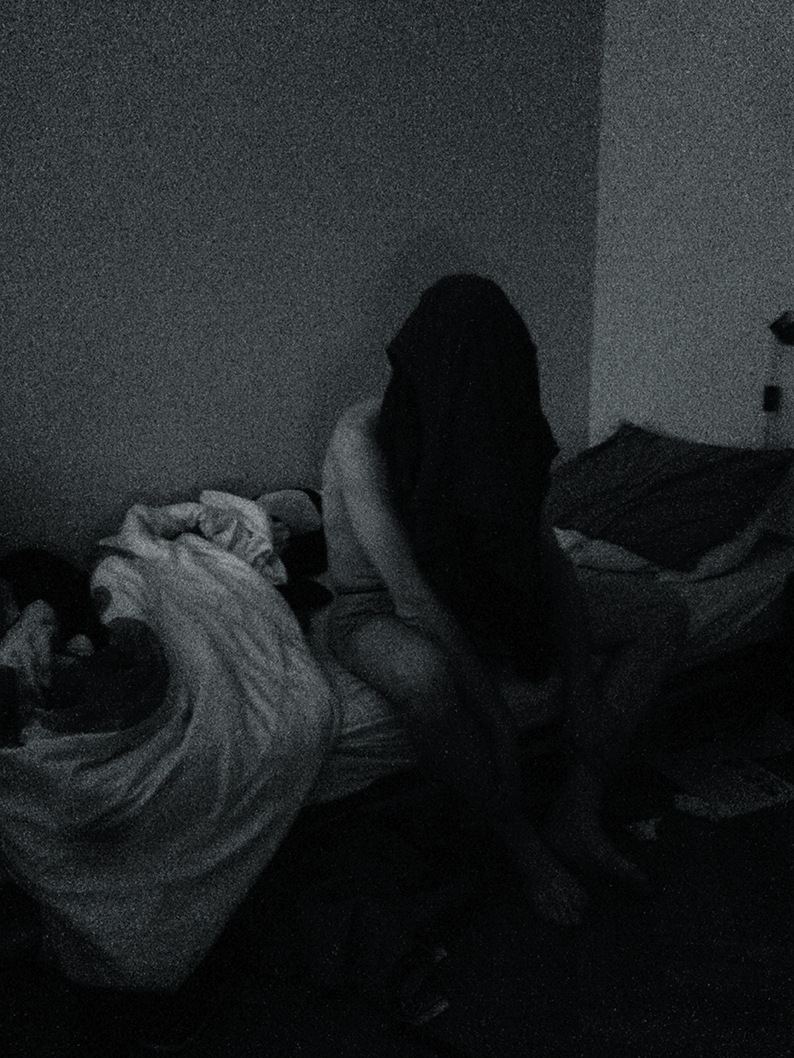Altin, Özlem


Born 1977 in Goch, Germany, lives in Berlin
“The depiction of the human body fascinates me from the very moment where representation transforms and abstracts it: we therefore no longer see a person, but more a type, an object—a person without personal characteristics, almost flat in appearance, with a ‘minimum presence’. I am interested in staging the human body in a zero condition, in a state of exhaustion and passivity.”
The missing individual expression of the depicted people seems to initially direct the viewer’s attention onto formal similarities. The blanking out of inner motion brings to the fore a formal game of external motion—in Warburg’s words, “the eventful accessories”: The sweep of paint, the clothing, the blanket. The juxtaposition, aggregation and spatial arrangement of the imagery emphasizes moments of suspense that already exist within the material.
Özlem Altin draws from a vast collection of magazine pages, postcards, and digital images that she combines with her own photographs and paintings to create multilayered installations. The collage for Artists for Tichy — Tichy for Artists reflects her interest in the representation of the simultaneous manifestation of physical presence and absence. The commonality of the diverse imagery is that the faces are unrecognizable: The face is either painted over, covered with cloth, or turned away from the viewer. For instance, in a photograph by Tichý, that is part of the collage, the image is trimmed so that the face is cut off. Altin’s approach of combining different material to form thematic groups is reminiscent of the Mnemosyne Atlas by Aby Warburg, for whom images were “expressions of social memory”.
Altin: “I like to uncover the hidden potential of found imagery. It may at first convey an unambiguous meaning, but through my intervention, by modifying or combining it, it reveals new layers of meaning and an associative power that might have been inherent but invisible.”
In its entirety, Altin’s associative visual semantics of passive, limp bodies and self- denying identity draws a psychogram of inner states and external constraints of the human existence that emerges from the dynamic placement of the various elements within the exhibition space.
